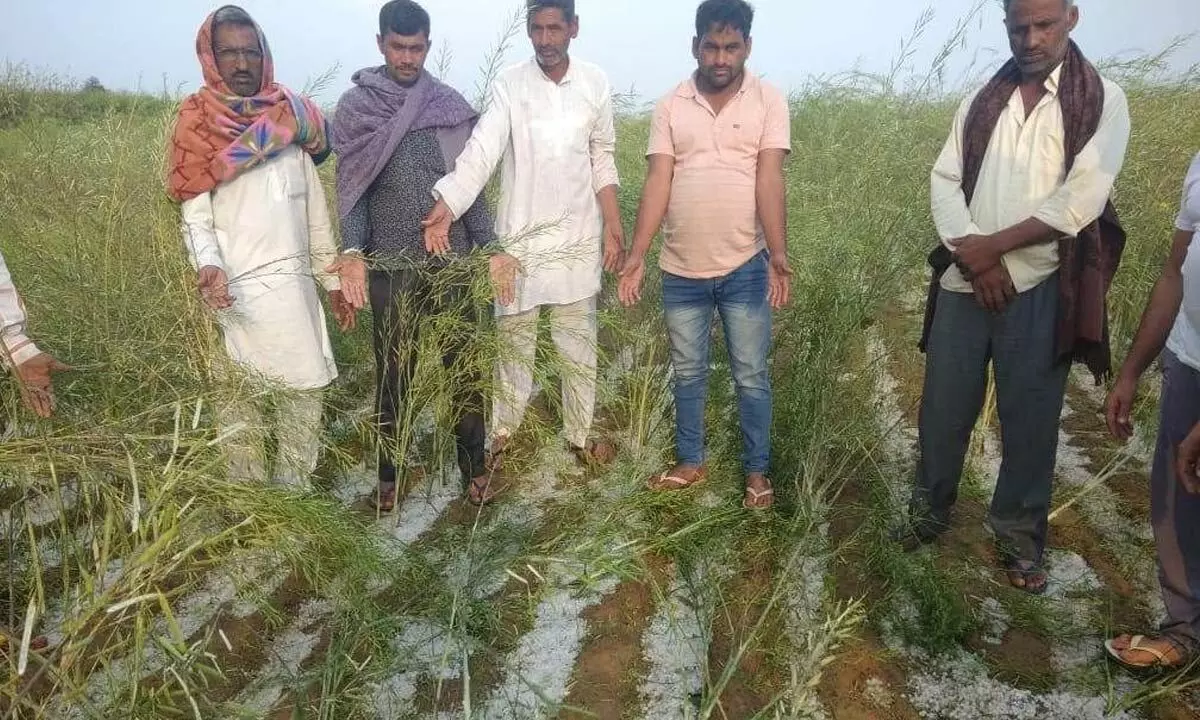Onset of pre-monsoon showers may lead to crop damage: Met experts

Onset of pre-monsoon showers may lead to crop damage: Met experts
With moderate to widespread rainfall over central, eastern and southern parts of India from March 13 to 18 under the influence of an active western disturbance and associated induced cyclonic circulation, meteorologists on Saturday predicted onset of pre-monsoon activities that may lead to crop damage
Now, the country is gearing up for another prolonged spell of pre-monsoon rain and thundershowers, along with thunderstorms, hailstorms, and lightning strikes.
With this, the threat of crop damage is looming large over the standing crop across several parts of India, they said.
The upcoming spell will be a result of interaction among multiple weather systems. As per the climate models, twin cyclonic circulations are likely to form over east Madhya Pradesh, Telangana and adjoining north Andhra Pradesh.
A trough is likely to form between these two systems.Both the systems would become more marked due to moisture feed from Arabian Sea as well as Bay of Bengal on the other side. Besides, an active western disturbance is likely to travel through Western Himalayas during the same time, says an expert.
All these systems together will lead to widespread weather activity over central, eastern, and southern parts of the country between March 13 and 18. While northern plains would mostly escape the hazardous activity, South Madhya Pradesh, Vidarbha and Marathwada, Telangana, Andhra Pradesh and north Karnataka will witness the fury of lightning strikes and thunderstorms.
Hailstorm is also likely over Madhya Pradesh and Maharashtra on March 15 and 16, along with high velocity winds. India has already been witnessing above average temperatures this winter season, with December and February being the hottest since 1901.
Several research and studies have been warning of the increasing heat stress due to global warming.

















